The Role of Women in the 21st Century Workplace: An Analysis of Inclusion and Future Perspectives.
In the 21st century, the inclusion of women in the workplace has become a critical issue in today’s society. From the past to the present, women have struggled to be recognized and valued in the workplace, but there is still a long way to go.
Statistics show that although women have made progress in many aspects of the workforce, significant inequalities still exist in terms of salaries, opportunities for promotion, and sexual harassment. For example, according to the 2020 UN Women report, women earn 23% less than men worldwide, and in some countries, this gap is even greater.
However, scientific research also shows that the inclusion of women in the workforce can have a positive impact on the economy and society at large. According to a World Bank study, increasing women’s participation in the labor market can boost economic growth and reduce poverty.
Furthermore, history shows that women have played an important role in the workforce for a long time. In World War II, for example, women filled the job positions left by men who were sent to the front lines. Despite this, they were often paid less than their male colleagues.
In the future, it is important to continue working towards achieving true inclusion of women in the workforce. This involves ensuring that women have the same opportunities as men to access well-paying jobs and are not subject to discrimination or harassment. It is also necessary to address the barriers that women face in the workplace, such as the lack of paid maternity leave and the lack of opportunities for promotion.
In summary, the inclusion of women in the workforce is essential for building a more equitable and just society. Although progress has been made in the past few decades, there is still much to be done. With continued commitment and effort, we can create a future where women have the same opportunities and are valued for their contributions to the workforce.


